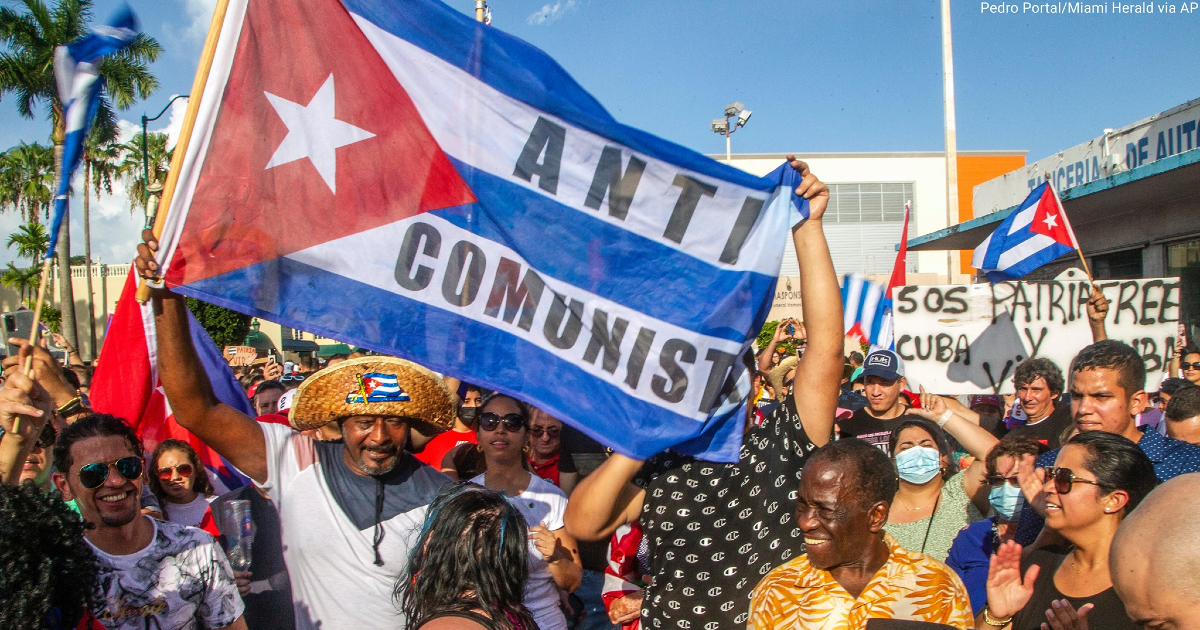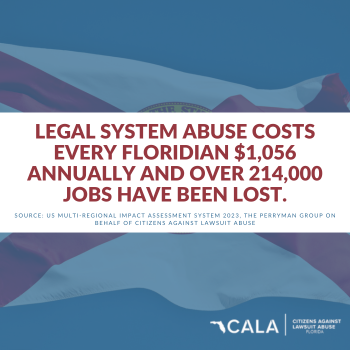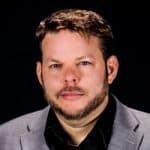A Violent Backdrop
Starting in the early fifties, the Castro brothers’ armed insurrection against Batista’s dictatorship was the tension-filled backdrop to my early childhood. Not surprisingly, death, sabotage, terrorism, and political assassinations were part of our daily lives. Sometimes these traumatic events involved relatives on both sides of my family. As was the case with Pedrito Rogena’s arrest, torture, and death in conjunction with Col. Fermin Cawley’s assassination and my mother’s cousin El Rubio, who in fact was responsible for the feared colonel’s death.
On December 2, 1956, the Castro-Ruz brothers led an armed expedition of eighty revolutionaries in a not-so-secret invasion of the island nation. The auspicious landing of the yacht “Granma” on the southern coast of Cuba, less than 60 miles from Guantanamo Bay, soon turned into a nearly complete failure. Tired, disoriented, and lacking formal military training, 67 rebels were killed by the regime’s ground forces supported by relentless air attacks conducted by the Cuban Army Air Force (FAEC). In just a few days, the young rebel army had been decimated. Fortuitously, Fidel and Raul Castro, together with Ernesto “Che” Guevara, Camilo Cienfuegos, and a handful of survivors were left to presumably liberate the Island from Batista’s bloody dictatorship.
Meanwhile, sitting comfortably in Havana’s Presidential Palace, impeccably dressed in a hand-stitched Italian suit, “El Indio Batista” celebrated his army’s success in eliminating the group of impudent young rebels. Perhaps wishful thinking on his part, and certainly something he would live to regret, Batista assumed Fidel to be among the dead. History proved Batista and his generals’ premature celebrations to be utterly misguided.
The Castro brothers survived to impose their own communist dictatorship on the Island for over 60 years and at one moment of irrational hubris, almost brought the world to nuclear destruction.
A Visit to Miami as a Tourist (1956)
As usual, my father had decided with my mother’s perfunctory consent, that it would be wise to travel to Camaguey, spend the night there and board Pan American’s luxurious Super Constellation’s early flight to Miami the next day.
The alarm clock rang, giving us ample time to dress, repack our luggage and have breakfast at the hotel’s restaurant. This, our family’s first trip abroad, was in part a celebration of my sixth birthday. It was July 27, 1956. The front page of the local newspaper, resting on the breakfast table, was dominated by an aerial photo of the Andrea Doria: an Italian battleship, that once emasculated of its 16” guns, had been transformed into a resplendent luxury liner. The ship had miraculously emerged unscathed from the ravages of war, but on this balmy summer night the crew had lost visibility in the thick north Atlantic fog. There, without warning, the giant ship fatally collided with the Stockholm, a refurbished Norwegian liner. It’s monstrous hull laid belly up, like a moribund whale gasping for its last breath.
The sun had reached its zenith by the time we arrived at the airport to see the sleek shiny plane gracefully making its landing approach like a giant silver insect on the steamy tarmac. After a brief, anxious wait among the nervous passengers, passports were dutifully opened and shut, identities were verified and soon we were aboard. With my nose pressed against the oval windows, I saw the large propellers, as big as my grandmother’s windmill, turn ever more rapidly until the plane lurched forward taxing to the end of the runway. After a brief stop, powered by four roaring engines, the plane picked up speed and left the safety of the ground climbing to the cloudless sky. That was our family’s first trip to Miami as tourists to visit friends and relatives who had relocated to Florida in search of advancement opportunities.
In those days, Miami was a small tourist town with pure sandy beaches, especially at the southern tip of Miami Beach. We stayed in one of the colorful art deco hotels that line Collins Avenue. Contrary to the Eden Rock or the Fountain Blue, both mammoth hotels, the product of the exuberant 50’s, these modestly sized hotels remain as charming reminders of a more relaxed vacation experience. This calm atmosphere attracted retired men and women covered with sun-tan lotion, who in close army-like formation exercised under the punishing tropical sun. Fascinated at the unusual sight, my mother never understood the Americans’ desire for a suntan at the risk of losing one’s health.
An Unforgettable Bus Ride
One day, my father, who could barely sit still, wished to take a bus to visit friends back in Hialeah. We waited for a few minutes for the bus to pick us up. Upon entering the vehicle my father inserted the coins in the ingenious coin counting machine and proceeded to the rear of the bus. I never noticed anything wrong but was surprised when the bus driver suddenly stopped the bus and brought our entire family to the front seats. The incident proved to be an embarrassment to my father who, later, in a state of agitation explained to us that the rear of the bus was reserved for “colored” folks. My father, who generally supported everything American, was shook up at this event. This experience stood in contrast, when many years later my parents finally arrived in Miami as political refugees.
I did not realize it at the time that these personal experiences were undercurrents of the racial tensions that still persist in this nation a hundred and fifty years after President Lincoln had signed the Emancipation Proclamation. The US would soon generously welcome tens of thousands Cuban immigrants escaping the communist regime. On the other hand, incidents such as the bus belied profound contradictions that I was incapable of assimilating at the time.
Returning to Miami as a Political Refugee (1962)
On February 11, 1962, my mother’s birthday, I made a second crossing of the Florida Straights; the circumstances couldn’t have been more different. The Cuban Revolution had brought about numerous changes, not the least of which was a profound animosity between Fidel Castro and the U.S. Government. It had evolved into a personal dislike grounded on a mixture of paranoia and suspicion fueled by President Eisenhower and Vice President’s Richard Nixon’s dismissive attitude towards Castro during his visit to address the United Nation’s assembly. Castro coyly seized the moment and created a publicity stunt that made it to the next day’s front page of the New York Times. The story described how Fidel’s entourage, shunned by US officials, had opted to set up camp with guns, live chickens and all, at the Hotel Theresa in Harlem.
The Bay of Pigs invasion by CIA trained army of Cuban expatriates in April of 1961 had exacerbated the tense relationship between David and Goliath. Cunningly, Castro seized the opportunity to enter the world stage by seeking financial and military support from the Soviet Union in exchange for transforming Cuba into a Soviet proxy a mere 90 miles away from Key West. The magnitude of geopolitical realignments notwithstanding, it was the fear of conscription of twelve-year-old boys into the Cuban army that prompted my parents to reluctantly buy me a one-way ticket to Miami.
In 1962, after much consternation and profound disappointments, with the hard reality of the once precious revolution, my parents made the very painful decision to rejoin my brothers and me in exile. Grateful for the U.S. government’s open-door policy to Cuban exiles, they resigned themselves to start a new life in the United States. Many years passed before my parents, surrounded by loving neighbors in Puerto Rico, would come to accept the permanent nature of their exile.
As if, leaving family, friends, properties, and their native country wasn’t devastating enough, they would learn that in their absence, Castro would personally select our home as a safe house during his trips to Holguin for the next 60 years. Still today, our home remains among a select group of government-impounded properties especially reserved for the use of high-ranking officials and foreign dignitaries who visit our part of the island.
Alejandro Camayd is a graduate of Harvard University’s Graduate School of Design and founding partner of Hemmler + Camayd Architects in Scranton. His work has received awards from the American Institute of Architects, among other professional organizations. He can be reached at acamayd50@gmail.com. This article was originally published by RealClearBooks and made available via RealClearWire.









